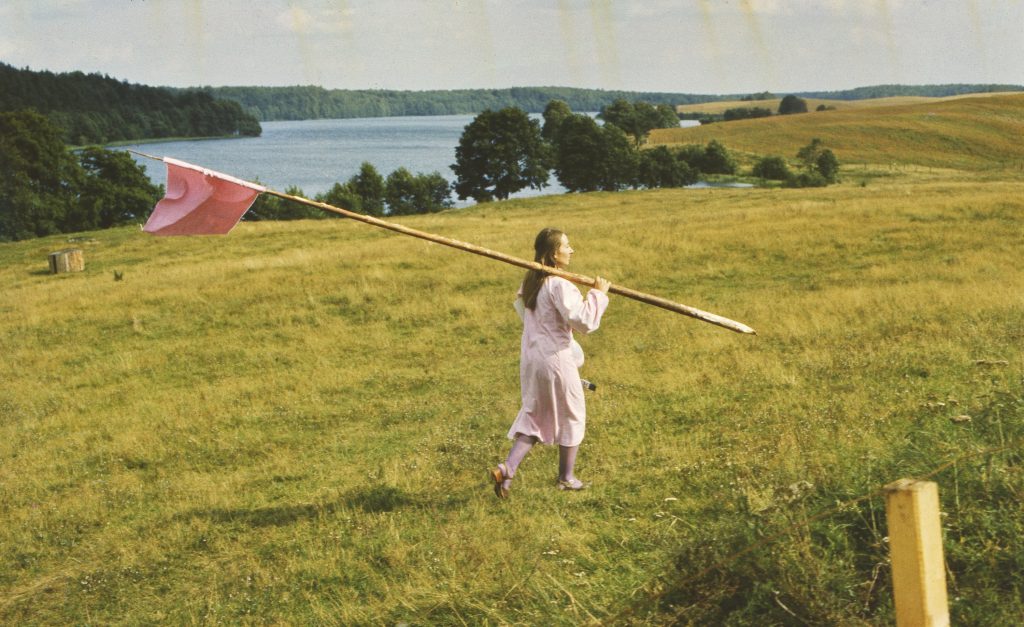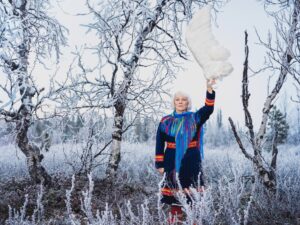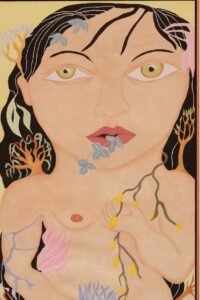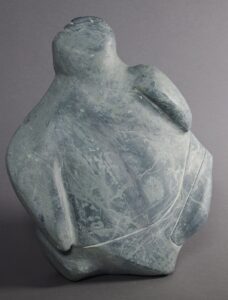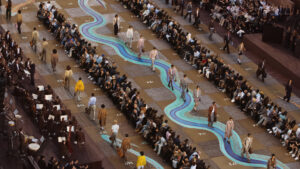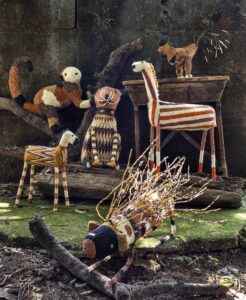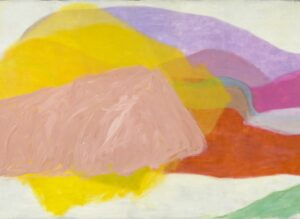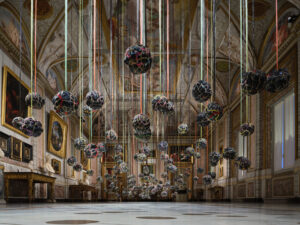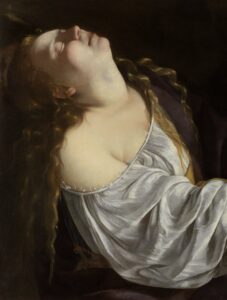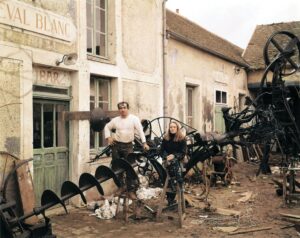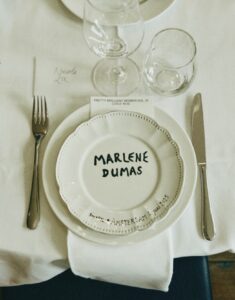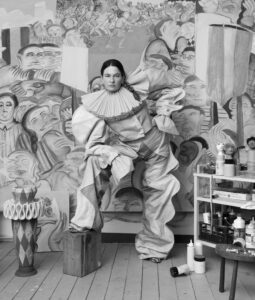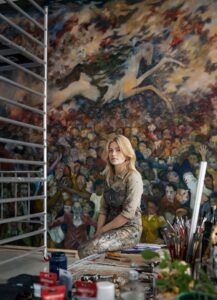Bacon’s obsessions: blood, sex, meat
Max Porter about Francis Bacon
‘His whole life was a firework show’, Max Porter says about Francis Bacon (1909-1992). For his book Porter inhabited the painter in his last moments, and pictured the final workings of the artist’s mind. A mind possessed by animals, flesh and the colour of blood.
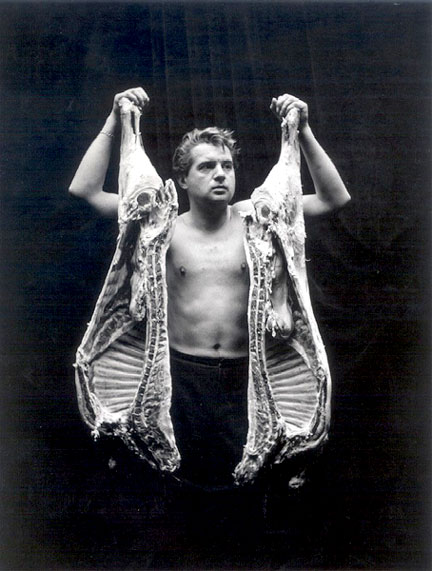
He slouches back a bit, Max Porter. Gangly, slightly lost-looking, as if he needs to ask the way. He’s in a black T-shirt and before sitting down he orders a Coke, very politely (‘No, not light, thank you very much’). He’s boyish, effervescent. In a way, the very opposite of the version of Francis Bacon that he gives in his latest book, The Death of Francis Bacon.
The background: in April 1992, at the age of 82 and against his doctor’s advice, Francis Bacon travelled to Madrid to look up the last great love of his life, banker José Capelo. But it was not to be. Just a few days after arriving, Bacon succumbed to longstanding kidney and breathing problems.
He was taken by ambulance to a convent hospital, where he was nursed through the last days of his godless life by a nun called Sister Mercedes. They communicated in his very broken Spanish. Six days in which Bacon was tormented by fever and his gradual physical disintegration. Six days in which he was alone with his thoughts and his memories. Fragments of his life passed before him, the chaos of his love life, the pictures he had painted, the ones he hadn’t. Paint the colour of blood. Blood the colour of paint. But he wasn’t entirely alone. Mercedes was there, listening. And constantly encouraging him to get some rest, intenta descansar, in the invocation that ends each chapter.
